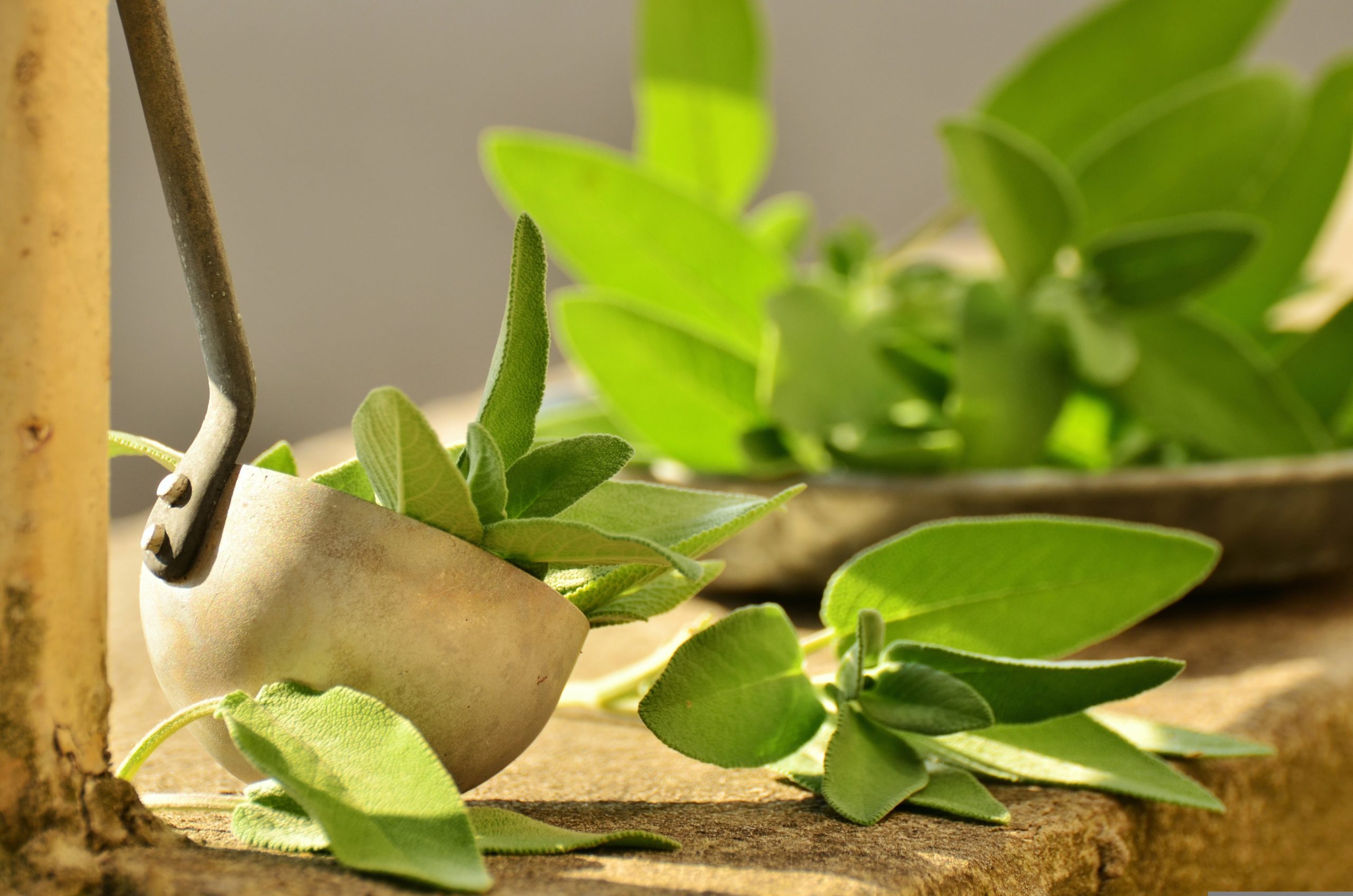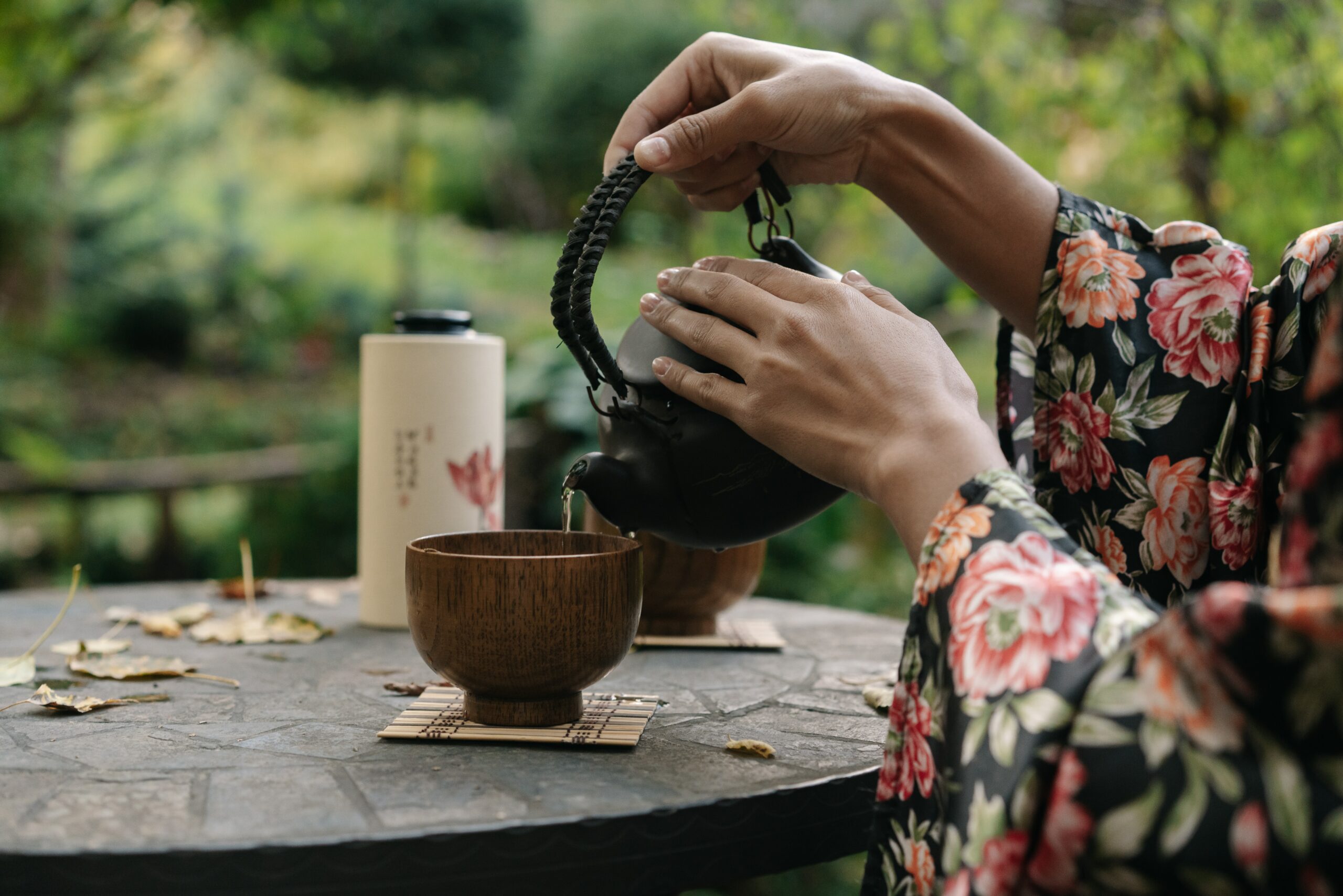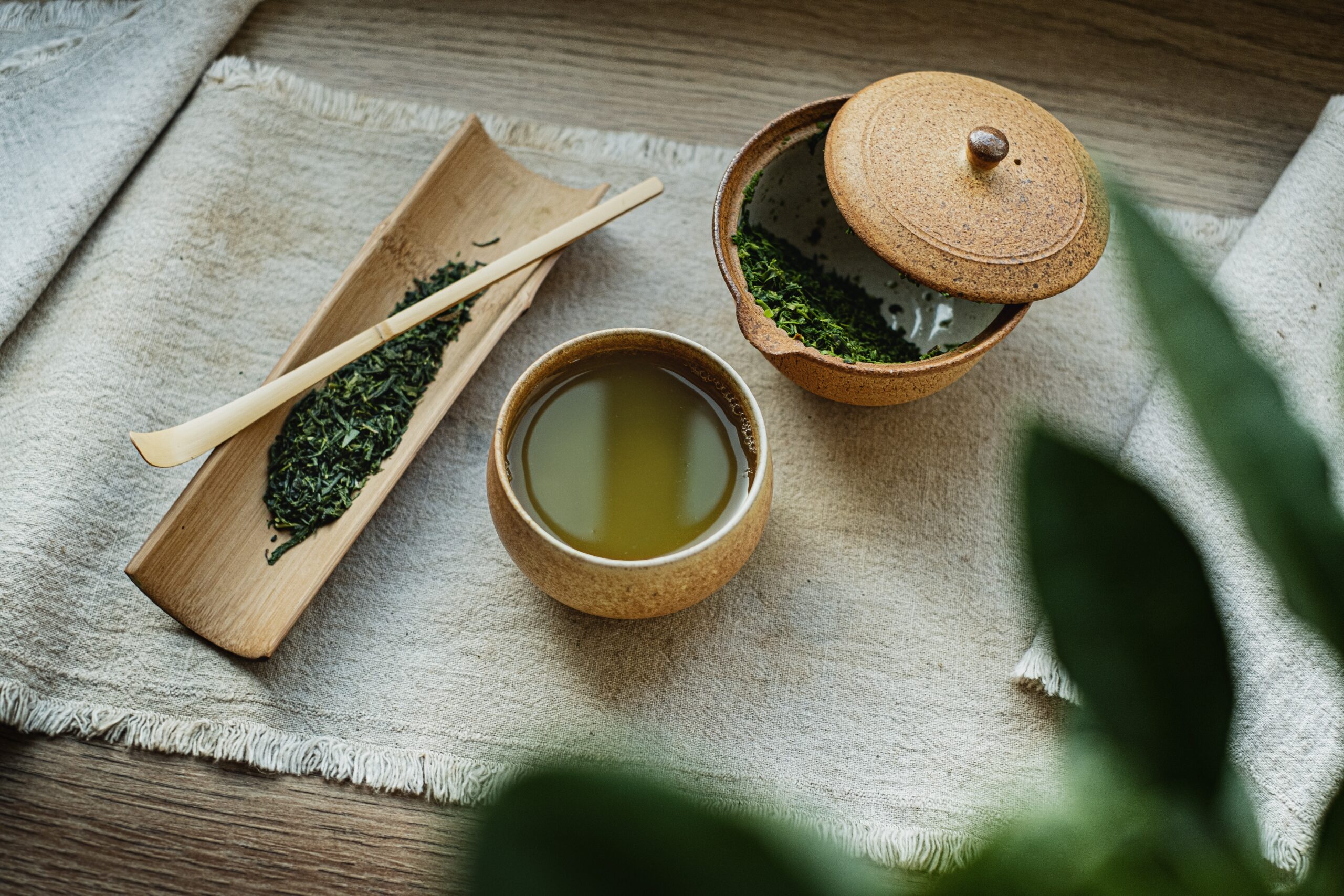Here’s some sage advice; learn how to make Sage tea. Thank us later.
While many herbs have been in use for centuries, they still retain their comforting appeal and near-mystical powers when we consume them, particularly in tea form. Sage is right up there with them. We’ll show you how to make sage tea but first, a little background about this mystical herb.
Origins of Sage Tea
Like many herbs, sage has its origins in the ancient Mediterranean lands. It’s a member of the Labiatae family, that strong-flavored mint family that probably started off as medicinal herbs rather than culinary delicacies. You are probably more familiar with sage as a seasoning herb that made those stringy turkeys more palatable every thanksgiving holiday you travelled back home.
But sage tea is now all the rage. It was first used as a tonic and it’s now as popular as any tea. There’s nothing as rewarding as making yourself a cup of sage tea.
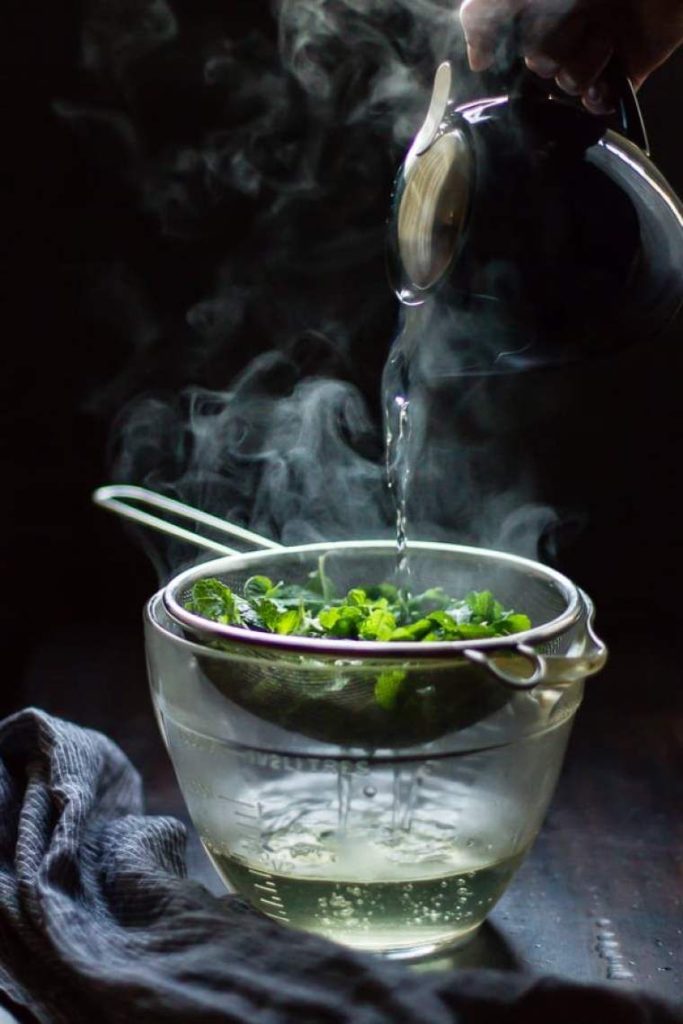
Tasting Notes
There’s a marked difference in taste between dried, powdered form of sage and the graceful, velvety fresh gray-green leaves. Many tea enthusiasts tend to agree that few herbs retain their pungency and aroma when dried. Sage is certainly among the exceptions.
Sage tea will give you that haunting flavor, with an unmistakable eucalyptus and minty essence that often calms your nerves with every sip. If you were told that sage tea is a remedy for every possible stomach problem you probably believed it. Sage has been found to have numerous health benefits.
Recipe - How to Make Sage Tea
You can opt for either fresh leaves or dried sage leaves. The process is pretty much the same. If you use fresh leaves, it’s recommended that you thoroughly wash them first. For best results, use both dried and fresh leaves.
Procedure
Step One – Pour spring water into a teapot or an infuser then add around 1-2 teaspoonfuls of dried and crushed sage leaves.
Step Two – Bring the mix to a boil and then add around 5-10 (depending on the desired strength) fresh sage leaves.
Step Three – Steep the fresh sage leaves in the boiling water for approximately 5 minutes and then strain the mix
Step Four – Add honey, lemon juice, or your favorite sweetener
Step Five – Enjoy!
Important Notes on How How to Make Sage Tea
- Remember to wash your fresh sage leaves before you use them
- Always pay attention to the amount of fresh sage leaves you are using and the total steeping time. Sage tea can become quite bitter if not done properly
- If you want to use fresh sage leaves, always remember to use them while still fresh, i.e. within a few days (3-5).
- Pure herbal teas rarely contain caffeine so, sage tea has zero caffeine. But when blended with other teas, particularly when blended with real tea from the Camellia sinensis plant
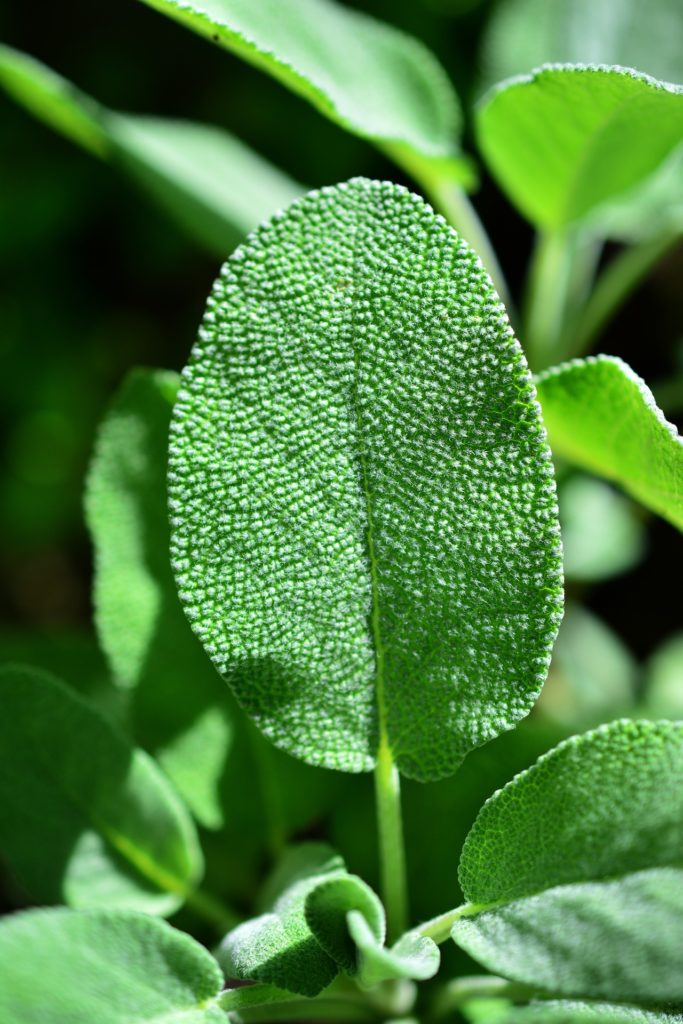
FAQs on How to Make Sage Tea
Does sage tea have any side effects?
Consuming too much sage tea may have side effects, which is often the case with many other herbal teas. The key is keeping it down to a cup or two a day.
It’s generally recommended to avoid sage tea if you are pregnant or breastfeeding.
Does sage improve your quality of sleep?
The fact that it doesn’t contain any caffeine means that it won't keep you up at night.
Studies suggest that sage can improve your mood and also help with relaxation, both of which can improve the quality of your sleep.
Check out these amazing tea recipes:

